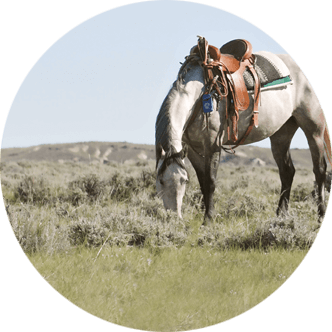It’s The Pitts: Lifecycle of the Heel
The heel flies in the face of our healthy well-being and is probably the most destructive parasite attacking ranchers today.
The common heel is a hairy, wasp-like maggot that first originated in Washington, D.C. There are two species – the “Republicanis defenses” and the “Democratius welfarius.”
Both species of this parasite are destructive, although the Eastern variety is capable of inflicting more pain.
Lifecycle
The heel works within the system and can strike at any time of the year.
The bloodsuckers approach everything with an open mouth, stinging the host on his legs, his pocketbook and all over his body. They feed on B.S. and baloney.
The incubation stage – the campaign – of the heel is spent outside of the host. Then the leeches attach themselves to the host and go along for a four-year free ride. At the end of the four-year period, the maggot wriggles out of everything, leaving a scar on the host.
Eventually, each maggot feels impelled to rise to the top and depart the host, despite promises to return and help the host who fed it. The maggot emerges from the host as a fully-formed heel.
If the infestation is bad enough, the parasites can make the host so poor and weak, he or she eventually dies. Because they are external parasites, the heels are capable of staying in midair on all issues and just fly to another victim if one host succumbs.
Then the lifecycle begins anew.
Diagnosis
The presence of the common heel can be detected by a lumpy and bruised appearance. Eighty-five percent of all carcasses are damaged by the heel.
The parasite makes a lot of noise that means absolutely nothing, but the sound is enough to send some hosts into shock. If this happens consult a veterinarian.
A conclusive diagnosis can be made if the host runs around frantically with his or her tail in the air. He or she is trying to escape by running for shelter. It won’t work and is a hopeless cause.
There is usually an offensive smell that goes with the heel, and often, the symptoms are similar to “Foot In Mouth Disease.”
Some hosts have developed allergic reactions to the I.R.S. form of the parasite and have had to leave the country.
Treatment
Running away won’t help. Neither will spraying or dipping.
About all one can do is stand in the mud for temporary relief.
Prevention
Following the terrible outbreaks of 1980 and 1984, which caused great economic loss to the hosts, the U.S. government decided to do something about this menace.
The U.S. Department of Agriculture spent trillions of dollars and man hours in an effort to eradicate the pests. The number of spongers only multiplied more.
There appears to be no way to keep them from getting under one’s skin.





